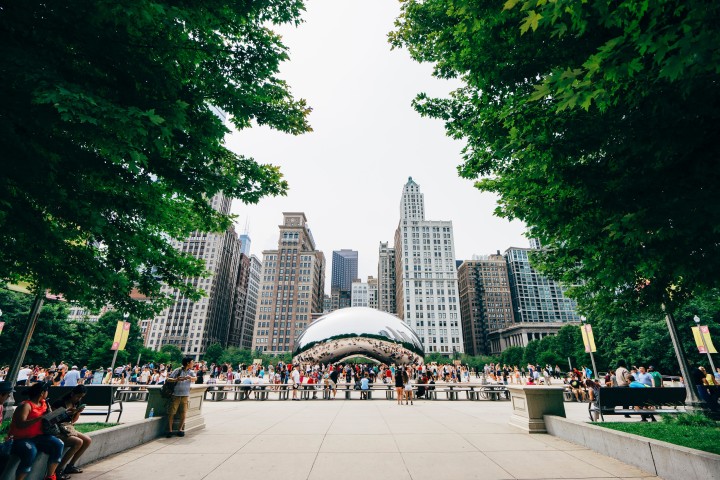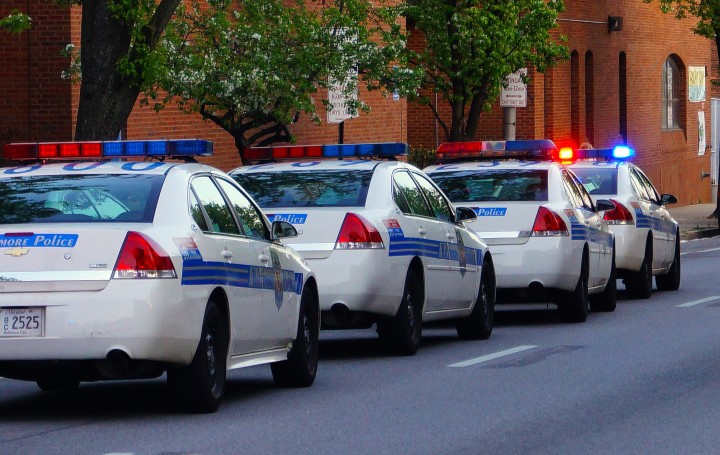IL Marijuana Laws in 2020: What You Need to Know

More than 250 new laws go into effect in Illinois with the new year. Some of the most talked about are the laws concerning recreational use of marijuana. The passage of HB 1438 means that as of January 1, it will be legal to purchase and use marijuana in the state of Illinois for adults over the age of 21. This makes Illinois the 11th state to officially legalize recreational marijuana use. It’s important to note that use of marijuana in public places is still prohibited for all people. That means no smoking in bars, restaurants, public parks, or any other public place, whether use of the drug is medicinal or recreational. Medical Use of Marijuana vs. Recreational Use There are a few differences between how recreational users of the drug are allowed to interact with marijuana compared to registered medicinal marijuana users. First, only medical marijuana patients are legally allowed to grow marijuana plants in their home. The 65,000+ people currently registered as medical marijuana patients in the state are allowed to grow up to five plants per household, regardless of how many registered marijuana using patients live in the home. Recreational users are not allowed to grow any amount of the drug for any reason, an issue that was highly contested during the legalization process. Because it was a hang-up for lawmakers, however, the choice was to keep at-home marijuana grow rooms illegal unless the owner was a registered medical marijuana user. Second, medical marijuana users may now be able to use marijuana at school. A Medical Cannabis Pilot Program will provide for dispensation of the drug to students who are registered medical marijuana users by school nurses or administrators. Though this was a task that only parents could perform in the past, SB 455 also allows for a student to self-administer their own marijuana or other medications at school as long as they are supervised by a school nurse or administrator. Senator Cristina Castro was the chief sponsor of the bill. In a statement, she said: “Ideally, the parents of these students would provide the medications, but it’s often the case that the parents are unable to make it to the school due to other commitments. By giving school nurses the ability to administer these important medications, we can ensure that students across Illinois are getting the proper treatment they require.” Supply and Demand for Marijuana in Illinois The 55 marijuana dispensaries across Illinois were already struggling to keep up with the demand for marijuana created by the 65,000+ registered medical marijuana users in the state. Some dispensaries report selling out within minutes of making product available on the shelves and struggling to maintain enough grow rooms to produce the plants necessary to keep current customers happy, given the slow grow cycle of the plant. The problem began when the rules for application for medical marijuana patient status loosened in 2018. As it became easier to register as a medical marijuana user in Illinois, the demand for the drug grew to the point that dispensaries were struggling to keep up. Compounding the problem is the fact that, of the 55 dispensaries, many are currently serving only medicinal marijuana users. This is not scheduled to change despite the influx of recreational users. Even if a dispensary officially serves recreational users, medical marijuana patients have first dibs on diminishing product. This means that as supplies dwindle, recreational marijuana users will still be unable to legally purchase the drug at a dispensary. Though medical marijuana users are allowed to grow as many as five plants to help them manage the potential issue of sold-out product in the dispensaries, plants have a grow cycle of three to four months and often do not produce very much, especially if the grower is unfamiliar with how to care for the plant. This means that many rely on the dispensaries for their marijuana, leaving less for recreational users. It also means a hole in the market that will likely be filled with black market marijuana sales. Looking for Treatment in Illinois? Black Market Marijuana Sales The primary problem with black market sales of marijuana is the same issue that plagues all substances sold on the black market: lack of quality control. With no industry standards governing how the product is grown, transported, or sold, consumers don’t truly know what they are buying. Though some may question how much a drug like marijuana, primarily sold in plant form, can be tampered with, the fact is that the quality of marijuana sold on the black market is generally considered to be subpar compared to the marijuana plants sold in a dispensary. Not only are pesticides and other chemicals more likely to be used in the growth of black market marijuana plants, there is no forum for complaint if the product is underweight, lacks potency, or otherwise fails to provide the effect that consumers are looking for. While many support the idea of legalization of marijuana because they believe it will eliminate the street drug market and therefore lower crime, the fact is that black market sales of marijuana flourish in states where the drug is legal. This is often because the legal supply can’t keep up and taxes force a high price point on the product. This means that legalizing marijuana recreationally leads to higher rates of use of the drug as well as increased rates of criminal activity involving the sales of marijuana. This in turn increases the burden on police and the court systems despite the fact that users of the drug are less likely to be charged for marijuana-associated choices. Do Increased Rates of Marijuana Use Mean Increased Rates of Marijuana Addiction? One of the arguments against the legalization of recreational marijuana is the notion that easier access to the drug will result in higher rates of marijuana use among adults and teens. This hasn’t exactly been the case. In
A Colorado Bill Defelonizing Schedule I & II Drugs

Colorado’s HB 19-1263 aims to “defelonize” possession and use of certain amounts of Schedule I and II drugs. The goal is to reduce incarceration rates related to minor drug offenses, save taxpayers money, and get people addiction help when they need it. Drug Law Changes Strategies to deal with drug use and abuse have changed drastically throughout U.S. history. Attitudes toward addiction have also changed. In the 1960s, drug use became more common among the middle class and was a sign of rebellion. In response, federal and state governments came up with various programs, departments, laws, and regulations to control drug use and possession. Proposed and enacted solutions include the expansion of methadone use for heroin addicts in prison, the War on Drugs, and the formation of the Drug Enforcement Administration. One of the newest changes to drug policy in the state of Colorado is HB 19-1263. This law is a means to “defelonize” Schedule I and II drugs. Overview on HB 19-1263 Colorado HB 19-1263 was signed into law on May 28, 2019. It will be effective as of March 1, 2020. It was meant to change certain statutes of the Uniform Controlled Substances Act of 2013.The bill changes the way people will be affected if they are arrested because of drug possession in the following ways: Sentencing is also affected by the law. The bill also sets money aside for grants to implement treatment and mental health services, and find ways to reduce jail and prison sentences for people who become entangled with the criminal justice system. What Supporters Say Those who support HB19-1263 say it will help stop the cycle of arresting people because of drug problems. Supporters believe the bill would save taxpayer money by reducing the amount of time people spend in jail or prison. Currently, it is difficult for people with felonies on their record to find work or a place to live. The bill may reduce this issue for people trying to get back on track by decreasing their likelihood of committing a felony. Supporters also cite success with defelonizing drugs in states like California and Utah. They say drug courts in states like Utah can now better concentrate on people with high needs. Furthermore, supporters mention that people who repeatedly offend can still be charged with a felony if they do not change their ways. What Some Opponents Say Some sheriffs oppose HB 19-1263 because they feel those who are sentenced to jail may end up in places with no resources to treat drug use, such as the Department of Corrections. An El Paso County sheriff commented that this bill could become an issue during the current opioid crisis, and he cited fears that the bill may not be good for local authorities. Detractors use Seattle as an example of what could go wrong once this law is implemented. The City of Seattle reports that overdose is a dominant cause of death among the homeless in its populace. More residents of Seattle sought help for heroin detox than for alcohol detox in 2014. Treatment vs. Jail Time for Drug Offenses There are some cases in which inmates can receive treatment for drug use in prisons, as reported by the Federal Bureau of Prisons. Studies show that prison programs to treat drug use must be adequately funded, have enough qualified staff members, provide proven and effective treatment that addresses other aspects of a person’s life in addition to their drug use, and provide aftercare once an inmate is released or in parole. The National Institute on Drug Abuse (NIDA) explains that society loses up to $193 billion because of drug abuse. This number takes into account the cost of dealing with offenders in a criminal justice setting and losses of people who are victims of drug-related crimes. In contrast, treating drug problems may cost $14.6 billion. Treating individuals with drug use disorders may also mitigate losses related to crime, productivity, and putting offenders in jail. The Bottom Line There are pros and cons to HB 19-1263, as there are to any law. By defelonizing certain levels of drug use and possession, the hope is that people will be able to seek addiction treatment if they need it rather than ending up in a cycle of drug use and incarceration. Time will show if the new law has this effect and exactly how much money it ends up saving taxpayers in the process.





